Few queens in ancient history have been portrayed as much in modern pop culture as the Queen of the Nile, Cleopatra. Tales of her feminine seduction and breathtaking beauty contribute to the mystique that has lived on for over 2,000 years, with each modern portrayal of her slightly different than the others.
While she’s often pictured with heavy makeup, adorning gold jewelry, and colorful clothes, there are discrepancies amongst historians about her appearance. Greek in ancestry but born in Egypt, historians have constantly tried to imagine what she looked like.
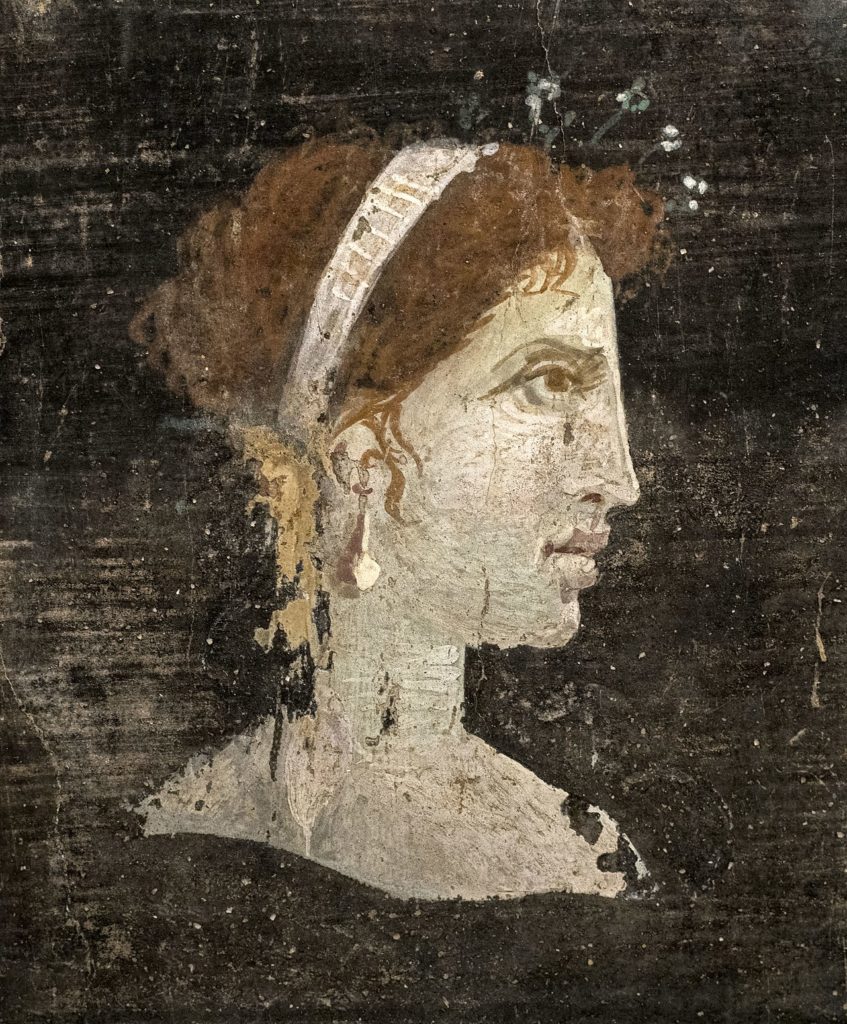
What was Cleopatra’s Ancestry?
Cleopatra was born in Egypt around 70 B.C., but her ancestry isn’t Egyptian — She is a descendant of the Greek general and historian Ptolemy I. As a Macedonian Greek, Ptolemy frequently traveled to Egypt with Alexander the Great, where he befriended and mingled with Egyptians. The Egyptians considered Ptolemy an extension of their own royalty, accepting him as a Pharoh.
With her ancestry roots as such, one of the biggest mysteries about the Egyptian queen was what race Cleopatra was. This debate has been ongoing for decades within the research community, as her ethnicity remains unknown.
While Cleopatra spent most of her life in North Africa, it has been well-documented that her father was Greek. However, her mother’s identity remains unknown, leaving some questioning whether Cleopatra was Black.
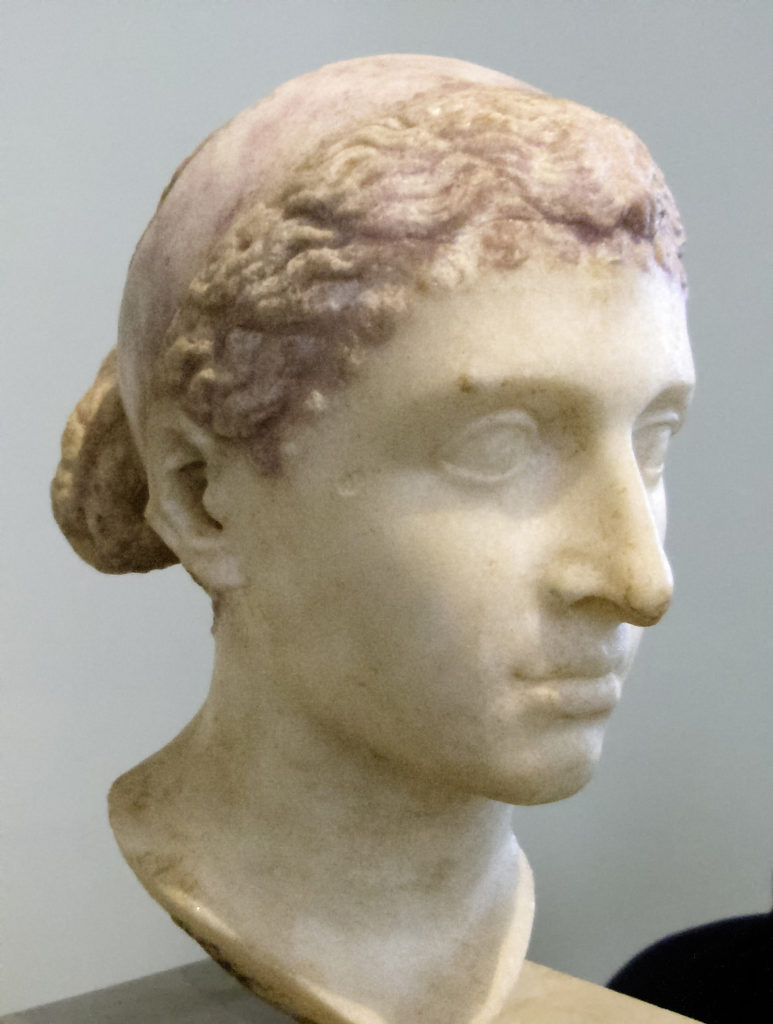
If Cleopatra’s mother or her mother’s side of her family had native Egyptian or African roots, there is a possibility that Cleopatra was Black. This would be a seismic discovery in how modern history looks at Western Civilization, as it would mean a Black woman was at the center of the political world.
However, determining Cleopatra’s race isn’t as simple as labeling her “Black” or “White.” And while race, as we view it in today’s modern society, has shifted in meaning and importance, scholars have generally dismissed any notion that Cleopatra had African roots. Historians point specifically to her approved portrait busts that portray the Queen as Greek in style.
Cleopatra’s Lovers
Despite her race, the stories of the time period paint Cleopatra as a stunningly beautiful and charming woman who wooed several high-profile suitors in her life, including two of the most powerful men in history — Julius Caesar and Mark Antony.
Cleopatra and Julius Caesar met around 48 B.C. when Caesar came to Egypt while Cleopatra and her brother were fighting for power. Using her feminine charm, she convinced Caesar to help her in this pursuit, and they rose to power. Cleopatra had Caesar’s baby — a boy named Caesarion.
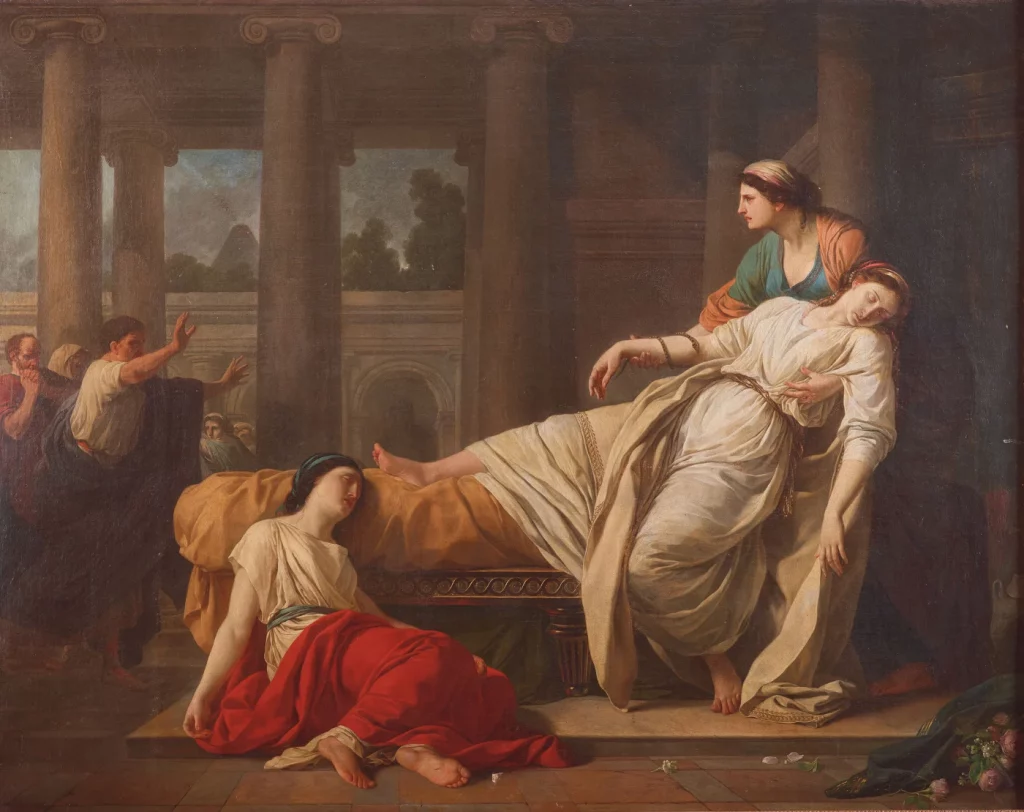
Shortly after Caesar was assassinated, Cleopatra moved on to Mark Antony, the Roman politician who turned the Roman empire into an autocratic society. Historians say that when Mark Antony saw Cleopatra swoop into Tarsus, the politician “lost his head to her like a young man.”
Antony and Cleopatra became lovers and partners for 11 years and had three children together. While they had quite an affection for each other, their alliance also consolidated Egypt’s power within the Roman Empire — a move that would have significant political consequences for all of history. After their forces lost at the Battle of Actium, the lovers retreated to Alexandria, where they both later died.
How Was Celopatra Depicted in Art?
While several different cultures have portrayed Cleopatra, her physical features vary greatly depending on the artistic interpretation.
Only ten coins are left from Cleopatra’s rule, and while they’re not in great condition, they offer some idea of what she looked like. These coins often provide some of the most accurate depictions of the faces of monarchs.
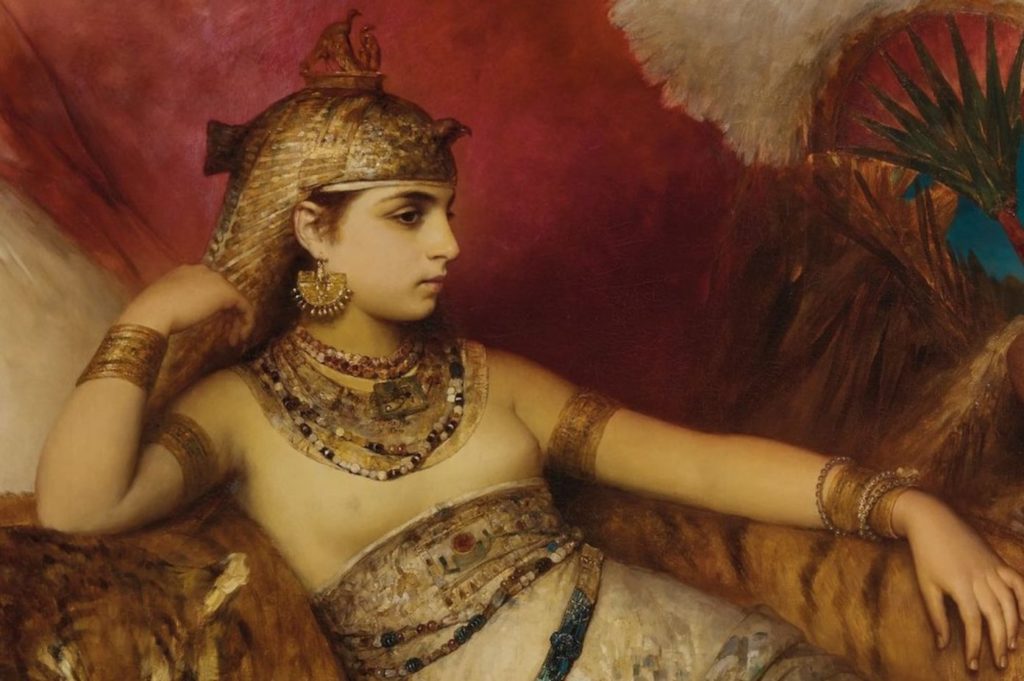
The faces of these coins depict Cleopatra with an aquiline nose, typical of Roman or Greek heritage. Other coins, like the ones minted by her lover Mark Antony, illustrate Cleopatra with a sloping forehead and pointy chin, presenting a more masculine face.
However, in the Egyptian carvings, Cleopatra and her son Caesarian are depicted with more classically Egyptian features like almond-shaped eyes and goddess-like features that resonate more with their culture.
Cleopatra in Modern Culture
As the story of Cleopatra has circulated through different periods, she has been portrayed in modern culture as a feminine style icon, mirroring that of Marilyn Monroe or Audrey Hepburn.
Artists, playwrights, and actors have varied in their modern interpretations of Cleopatra. She is often shown in paintings conforming to the traditional European beauty standards with her whimsical, feminine style. Many artists play into the narrative of her dual lovers, as she’s seen with Julius Caesar and Mark Antony in several of the paintings.
Cleopatra has been played on the stage and in film by hundreds of actors and actresses. Shakespeare wrote Antony and Cleopatra in 1607, where a young boy actor played Cleopatra. Shakespeare’s play solidified Cleopatra’s place in Western Civilization for centuries to come, with hundreds of iterations being released since.
Theda Bara played Cleopatra in the 1917 film Cleopatra, where Bara emerged as one of the film industry’s first sex symbols with her dark and seductive portrayal of the Queen. Later on, Elizabeth Talyor played one of the famous portrayals of Cleopatra in the 1963 film Cleopatra. This interpretation showed Cleopatra with her thick eyeliner, colorful eyeshadow, and seductive enigma.
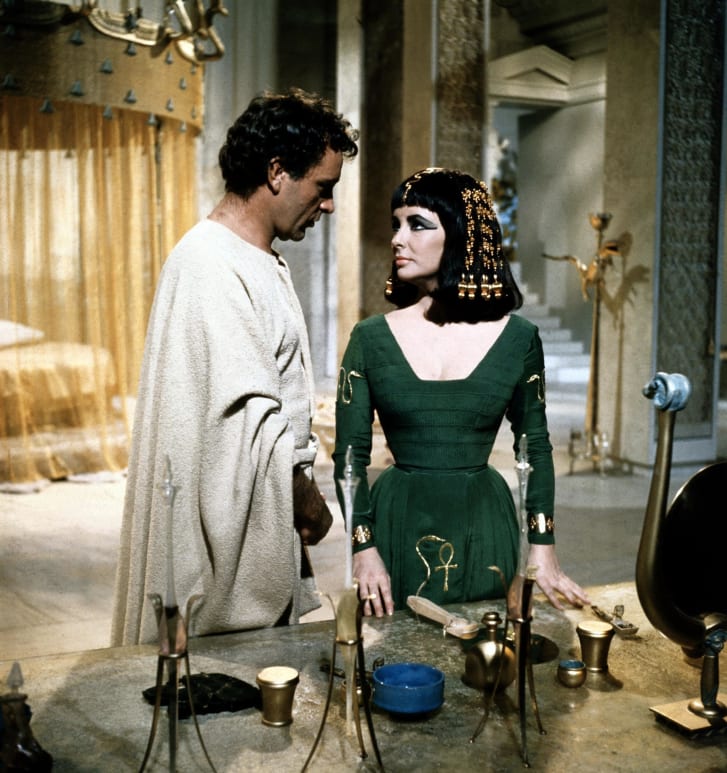
Cleopatra is often shown with heavy makeup around her eyes, which is likely an accurate portrayal of Egyptian beauty standards of the time.
Egyptians wore kohl around the eyes and utilized makeup for several reasons. Malachite was used to create a bright green paste for eyelids, red ochre was used for lipstick, and kohl was mixed with animal fats for eyeliner. Cleopatra likely utilized all of these beauty tools, adding to her allure.
Cleopatra’s mass appeal still holds true today, as modern filmmakers and artists seek to produce new versions of her story. Most recently, Gal Gadot was cast as the leading role in the soon-to-be-released epic film in 2023.
—
While we might not know what the Queen of the Nile really looked like, she remains one of the most influential females in history due to her cunning wit and strategic skills. As history continues to interpret her physical appearance, the stories of her seductive charm live on today.

